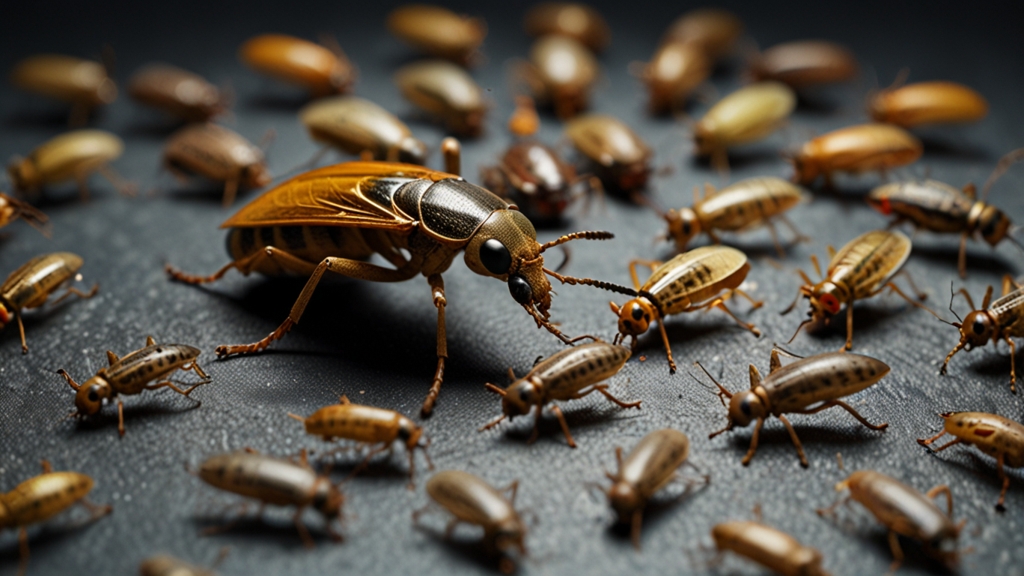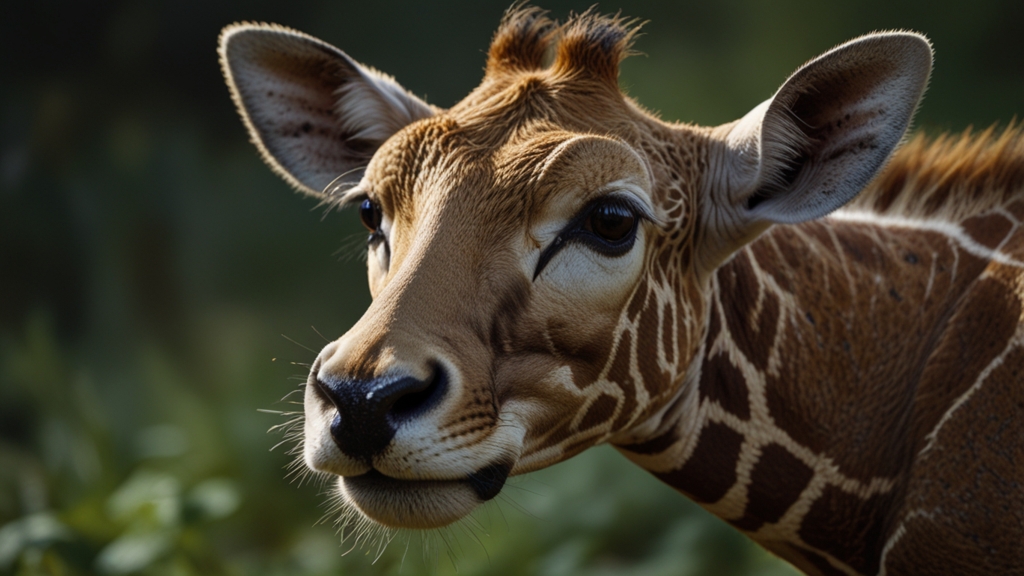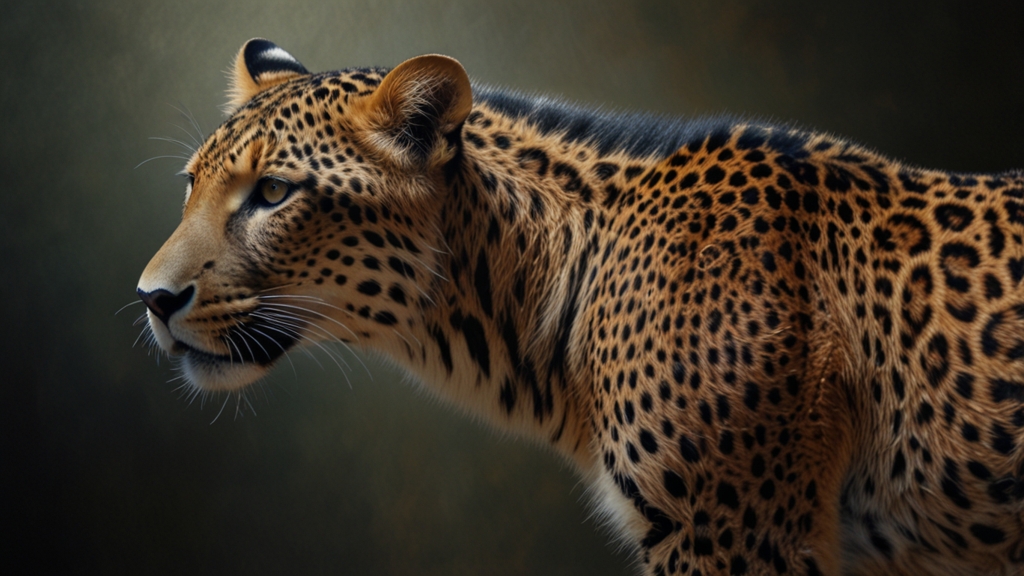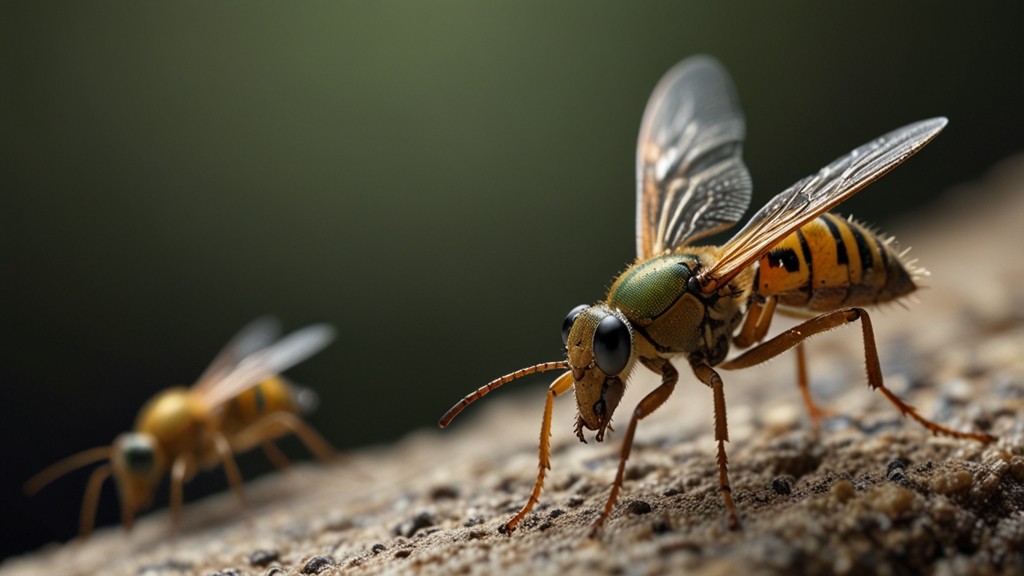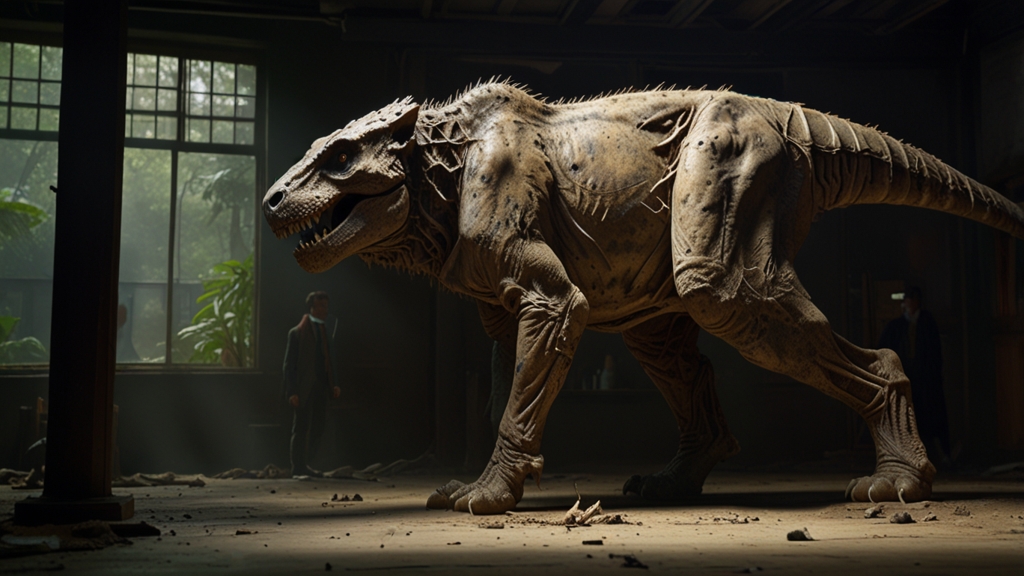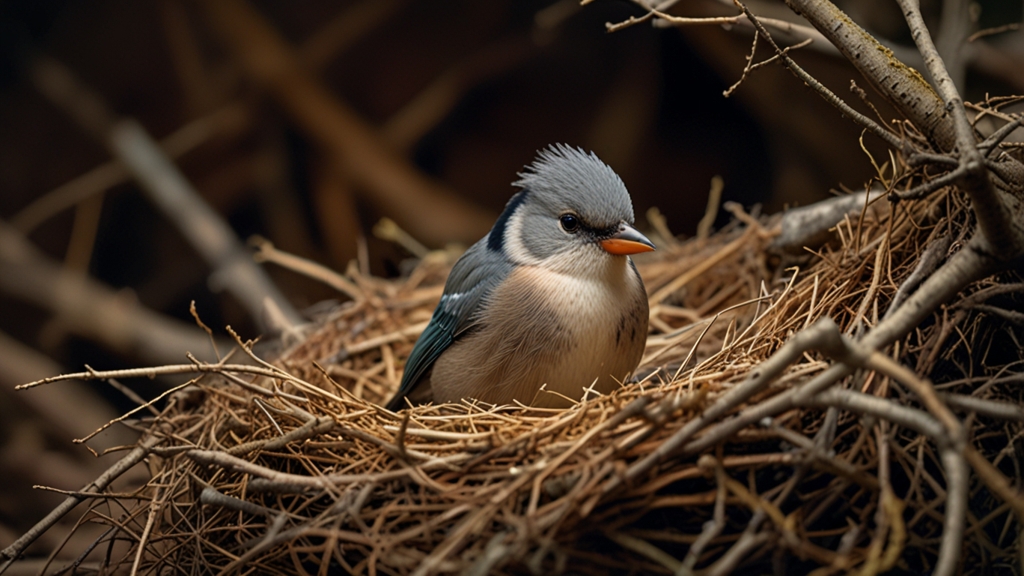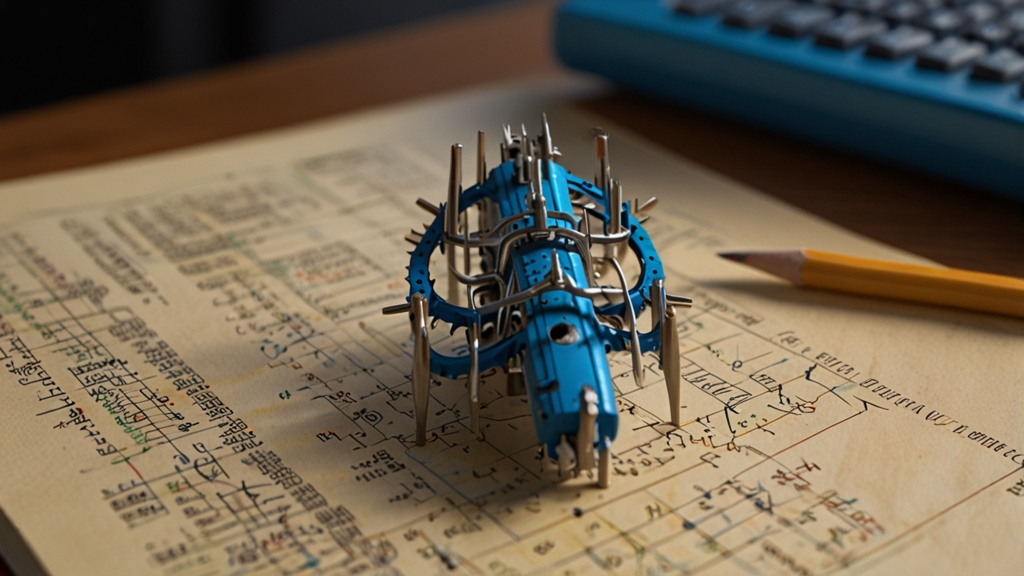Insect Collecting: An Obsession That Could Save the Planet
In a world grappling with climate change, deforestation, and rapid species extinction, the obsession with collecting insects may seem like an odd hobby. However, entomologists and enthusiasts argue that this seemingly niche activity could hold the key to understanding and preserving our planet's biodiversity. Insect collecting, once depicted as a quaint Victorian pastime, is emerging as a critical tool in the fight against environmental degradation.
The Importance of Insects
Insects constitute more than half of all known living organisms on Earth, playing indispensable roles in ecosystems. They pollinate plants, decompose organic matter, recycle nutrients, and serve as a crucial part of the food web. Without insects, many plants would fail to reproduce, leading to cascading effects throughout ecosystems.
Documenting insect species helps scientists monitor environmental health and detect changes due to human activities, such as pollution, urbanization, and climate change. This makes insect collecting not just a hobby, but a form of citizen science that contributes valuable data for ecological research and conservation efforts.
A Tool for Education
Insect collections are valuable educational resources. Museums, universities, and schools use these collections to teach students about the diversity of life and the importance of insects in nature. Engaging young minds in the field of entomology fosters a sense of stewardship for the environment and inspires future scientists.
"Insects are the pulse of our environment," states Dr. Jane Goodall, renowned primatologist and anthropologist. "By studying them, we can learn about the health of ecosystems and take action before it's too late."
Conservation Through Collecting
Traditionally, insect collecting involved catching and pinning specimens—a practice some view as controversial. However, ethical collecting methods have evolved, minimizing harm to insect populations. Modern collectors often use camera traps, sweep nets, and non-invasive sampling techniques to study insects in their natural habitats.
Moreover, insect collections enable the identification of new species and the rediscovery of those thought to be extinct. These findings can prompt conservation actions, such as the protection of critical habitats. Hobbyist collectors often collaborate with professional entomologists, creating a network of biodiversity guardians.
Challenges and Future Prospects
Despite its benefits, insect collecting faces significant challenges. Habitat destruction, pesticide use, and climate change are causing declines in insect populations. Collectors can play a vital role in documenting these trends and advocating for policies that protect insects and their environments.
"Every insect collected is a piece of the puzzle in understanding our world's biodiversity," says Dr. Christopher Marley, an artist and entomologist. "This knowledge is crucial for creating effective conservation strategies."
Insect collecting is also evolving with technology. Digital databases, genetic analysis, and citizen science platforms like iNaturalist and BugGuide are revolutionizing the way insect data is collected and shared. These tools allow for more extensive and accurate documentation, making it easier for scientists and enthusiasts to collaborate globally.
Conclusion
What started as a hobby for many has grown into a critical scientific endeavor. Insect collecting is not merely an obsession; it is a means of connecting with the natural world and contributing to its preservation. By embracing this passion, individuals can help safeguard the planet's biodiversity for future generations. In the words of Dr. Jane Goodall, "What you do makes a difference, and you have to decide what kind of difference you want to make."
Insect collecting, it seems, offers a way to make a significant, positive impact on our world. As more people join this endeavor, the collective effort could indeed help save the planet.
